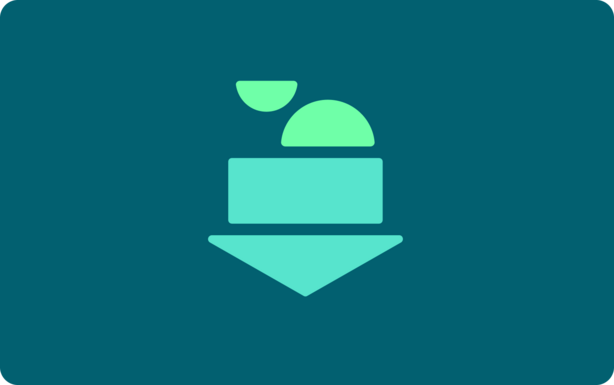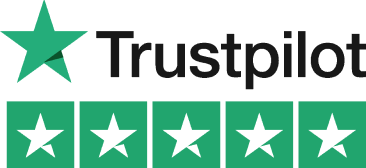What You Need to Know About High Income Child Benefit Charge

What You Need to Know About High Income Child Benefit Charge
The High Income Child Benefit Charge (HICBC) is a tax that impacts parents or guardians earning over £50,000 annually. Introduced in January 2013, its main aim is to reduce the benefits provided to higher-income households. For each £100 earned above the £50,000 threshold, there is a 1% charge on the child benefit received. Once the income reaches £60,000, the charge effectively equals the amount of the child benefit, nullifying it altogether.
The charge applies regardless of whether the income is earned by one individual or combined between two partners within the same household. This nuance means that even if the higher earner is not the one receiving the child benefit, they are still responsible for paying the charge. It’s important to note that this charge is calculated based on the individual with the highest income.
Navigating the HICBC can be complicated, but the Pie Tax App provides an efficient solution for managing your tax obligations. With expert tax assistants available on the Pie app, you can ensure that you are meeting all financial and legal requirements without the stress.
How the HICBC Works
The High Income Child Benefit Charge (HICBC) is typically applied through the Self Assessment tax return. If your income exceeds £50,000, you must register for Self Assessment and file a return each year to confirm the amount of child benefit received and calculate any charge owed. The charge is deducted through PAYE (Pay As You Earn) or paid directly to HM Revenue and Customs (HMRC).


Impacts of HICBC on Families
The HICBC can significantly impact family finances. For single-income households nearing the £50,000 mark, earning slightly more can reduce the overall benefit of additional income due to the charge. This situation, often termed the "income trap," can make financial planning more challenging for families aiming to maximise their household income and benefits.

£3,200m is the total amount HMRC estimates to collect through HICBC by 2023. It shows the growing financial impact of the charge on families across the UK.Recent Statistics on HICBC

90% of higher-income individuals required to file Self-assessment returns comply with the High-Income Child Benefit Charge (HICBC). This highlights the extensive reach and awareness of the charge.Compliance Rate

How to Calculate Your HICBC
Calculating your HICBC involves a straightforward formula: for each £100 earned over the £50,000 threshold, a 1% charge is levied on the child benefit received. For instance, if your income is £55,000 and you receive £1,000 in child benefit, 50% of that benefit, or £500, will be charged. Therefore, if your income reaches £55,000, half of your child benefit is taxed away.
When you reach an income level of £60,000, the entire child benefit amount will be taxed away due to the 100% charge. This calculation can be simplified using the Pie Tax App, ensuring accuracy and saving time. The expert tax assistants available on the Pie app can assist in understanding and managing your charge efficiently.
Registering for Self-assessment
To pay the HICBC, you must register for Self Assessment through HMRC. The registration deadline is typically 5 October following the end of the tax year in which the charge applies. Once registered, complete your Self Assessment tax return, detailing your income and any child benefit received. You will then pay the calculated charge by 31 January following the tax year in question.
Starting early is advisable, as the Self Assessment process can be time-consuming. Utilize the Pie Tax App to streamline this process. Expert tax assistants available on the Pie app can guide you every step of the way, ensuring you're compliant with HMRC's requirements while minimising your tax liabilities.

Tips for Managing HICBC

Ensure you report all medical conditions accurately for full benefits eligibility. Errors or omissions can delay your application.Record Keeping

Keep all medical and financial records organised. These documents are crucial for meeting LCW application criteria and passing assessments.Track Documentation

Consider engaging professional services to streamline your LCW application, ensure accuracy, and maximise the benefits you are entitled to receive.Utilise Professional Services

Interesting Fact About HICBC
Did you know the HICBC was the first tax charge introduced through child benefits? It marked a significant shift in how benefits are means-tested in the UK.
Dealing with HICBC Challenges

If you're facing challenges managing the HICBC, start by understanding the implications thoroughly. Knowledge is power, and knowing exactly how the charge works can help you make informed decisions. Next, evaluate your household income structure. Sometimes minor adjustments can make a big difference in the overall charge.
Additionally, considering tax-efficient investments and contributions can help balance your income below the threshold. For example, contributing more to your pension can reduce your assessable income, thereby lowering the HICBC. Again, expert guidance can be invaluable. The Pie Tax App offers professional advice, providing peace of mind and ensuring compliance.

To navigate HICBC efficiently, understanding your tax allowances and benefits is crucial. Using these allowances effectively can reduce your taxable income. This includes making the most out of charity donations and pension contributions, which can help lower your taxable income below the HICBC threshold.Maximising Your Tax Efficiency

Tax planning is an essential strategy for managing HICBC. Opt for salary sacrifice schemes offered by employers where possible. These schemes can help divert part of your earnings into tax-efficient investments or benefits, thus lowering your effective taxable income and subsequently, reducing the HICBC.Tax Planning Strategies
Summary
In conclusion, the High Income Child Benefit Charge can have significant financial implications for high-earning families. Understanding the charge, how it's calculated, and potential strategies to mitigate its impact is essential. Ensuring timely registration and accurate Self Assessment filings is crucial to compliance. Utilizing tools like the Pie Tax App can greatly assist in managing your tax obligations efficiently.
Professional advice is highly recommended to navigate the complexities of the HICBC. Expert tax assistants available on the Pie app can provide tailored advice to optimise your tax situation, making the whole process less stressful. Ultimately, careful financial planning and expert guidance are key to reducing the burden of the HICBC.
Frequently Asked Questions
How is the High Income Child Benefit Charge calculated?
The HICBC is calculated based on income. For every £100 earned above £50,000, there is a 1% charge on the child benefit received.
What if my income is just above the £50,000 threshold?
Even a slight increase above £50,000 can result in the HICBC being applied. Strategies like adjusting your income or pension contributions can help.
Do I need to file a Self Assessment return for HICBC?
Yes, if your income exceeds £50,000, you must register for Self Assessment and file a return to HMRC to pay the HICBC.
Can both parents be liable for HICBC?
No, the HICBC applies to the individual with the highest income in the household, regardless of who receives the child benefit.
How can the Pie Tax App help with HICBC?
The Pie Tax App offers features and expert tax assistants to help you calculate, manage, and file your tax obligations, making the process much easier.




